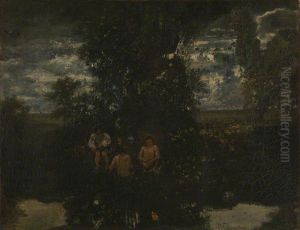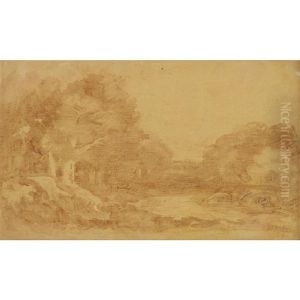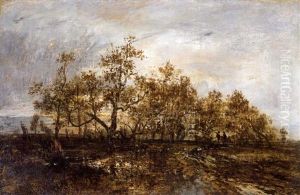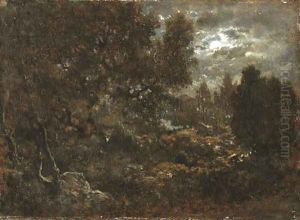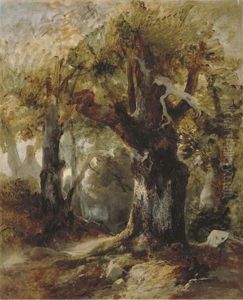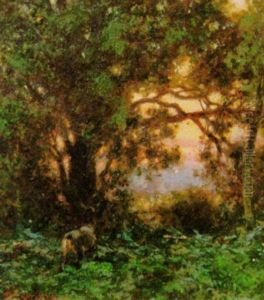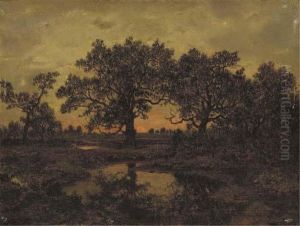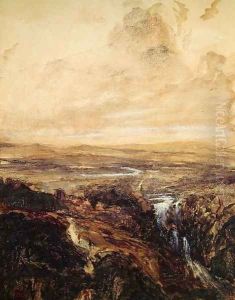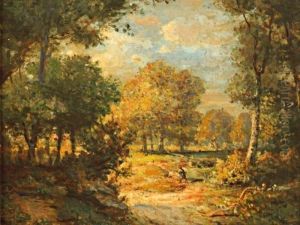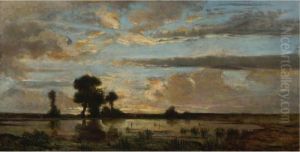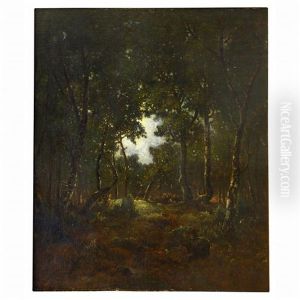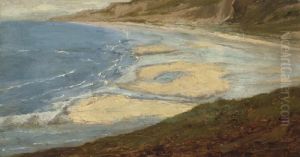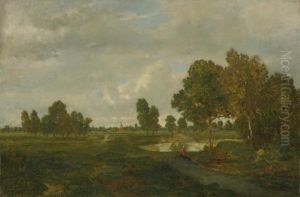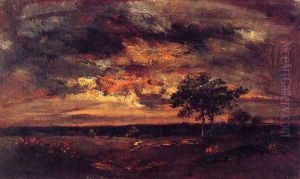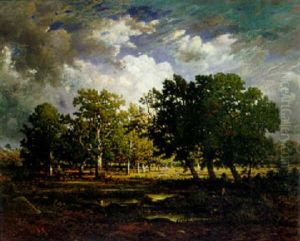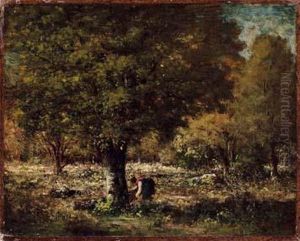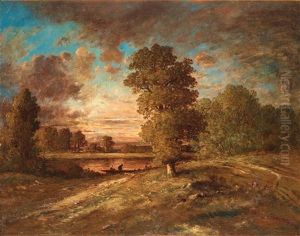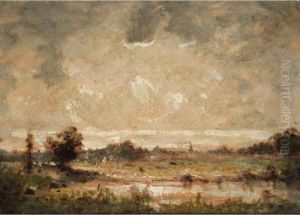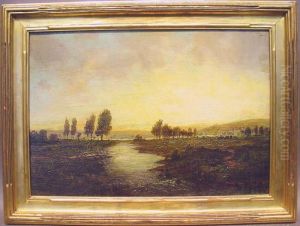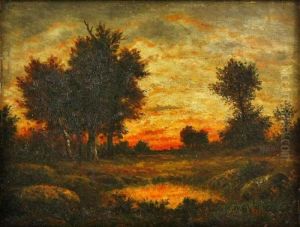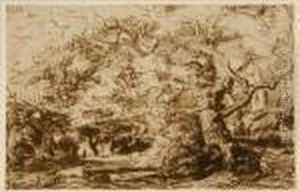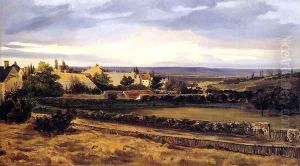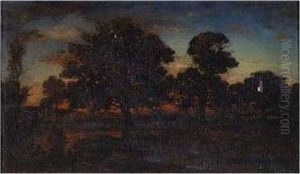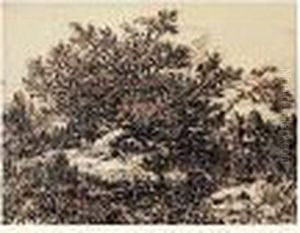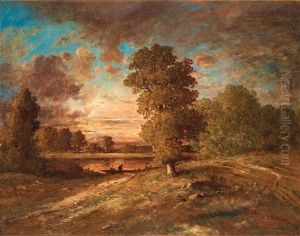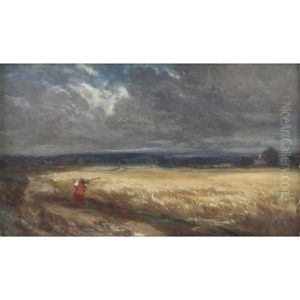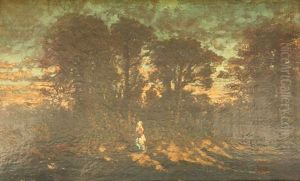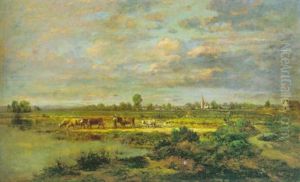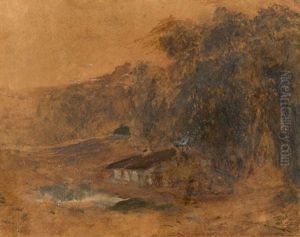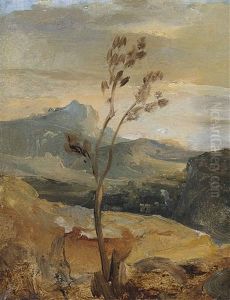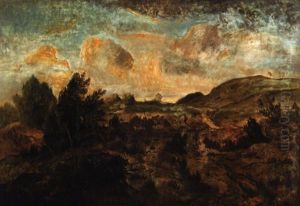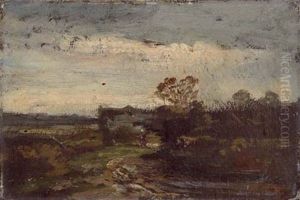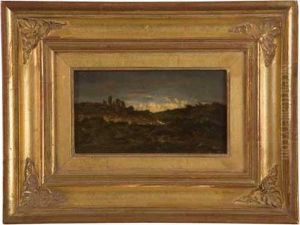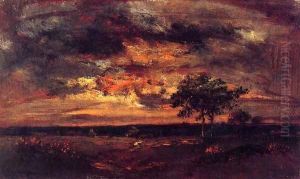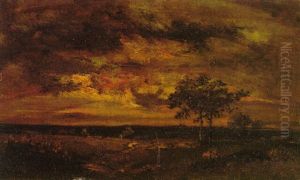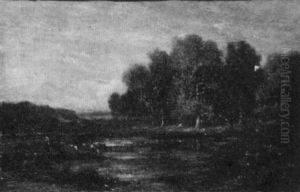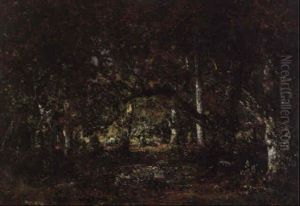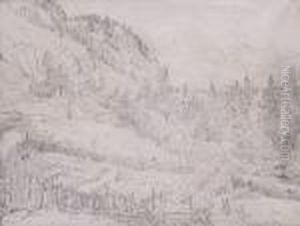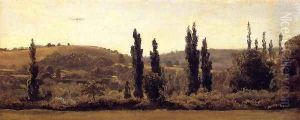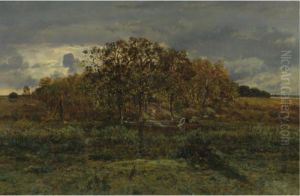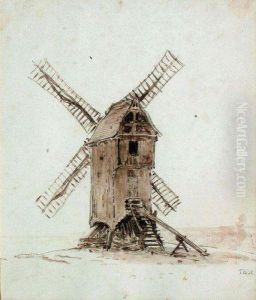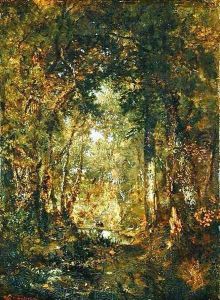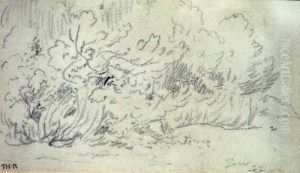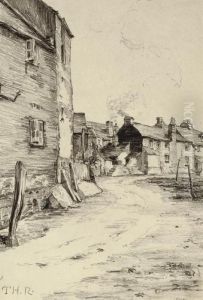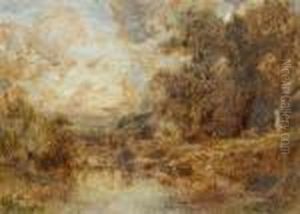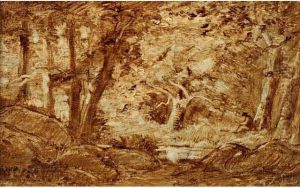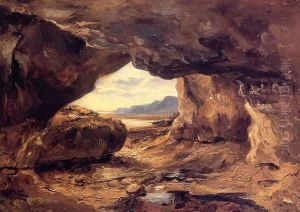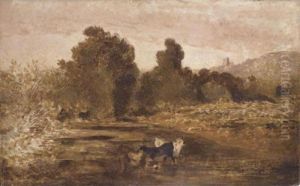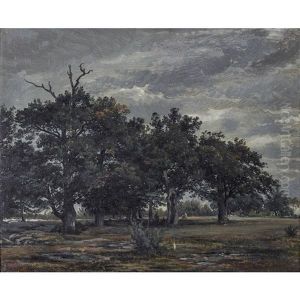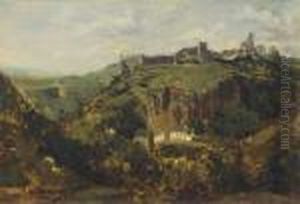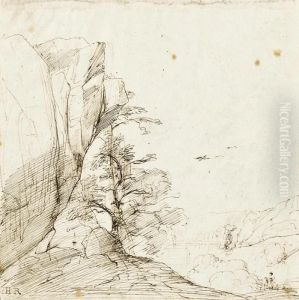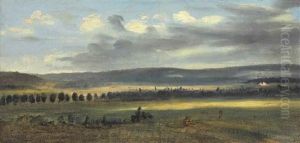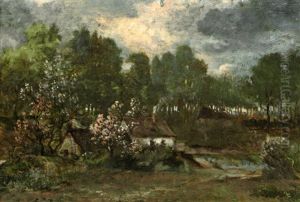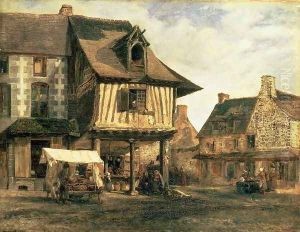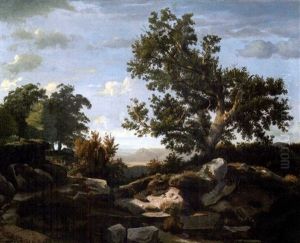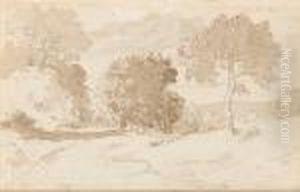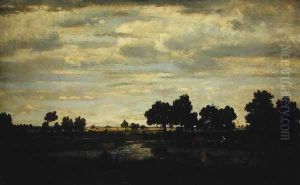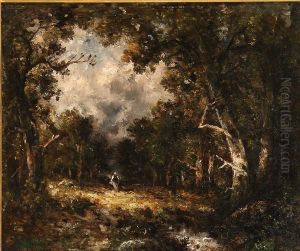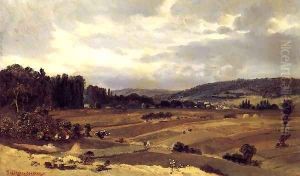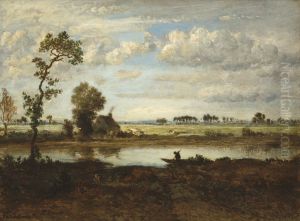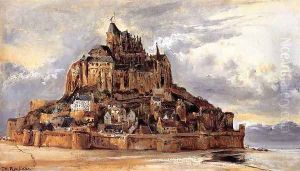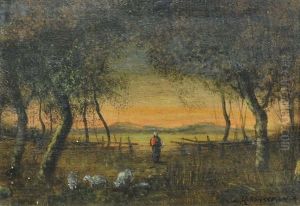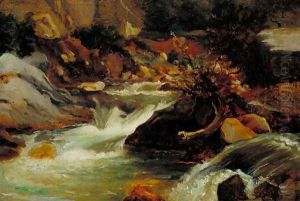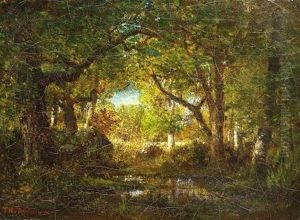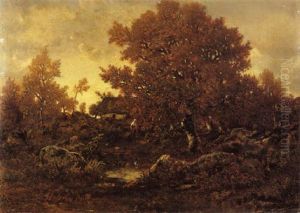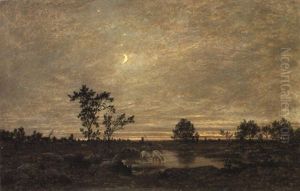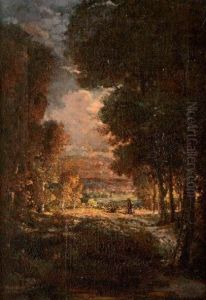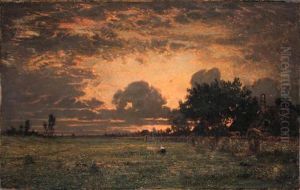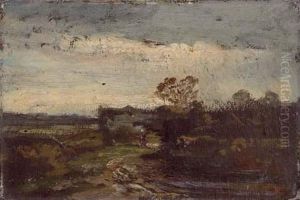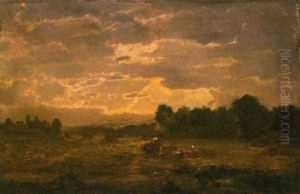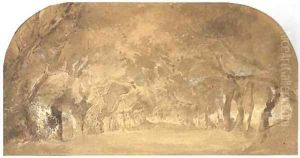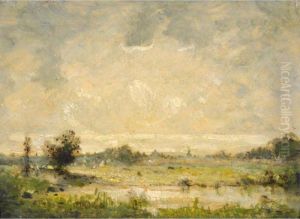Theodore Rousseau Paintings
Théodore Rousseau, a pivotal figure in the French Barbizon school of painters, was born in Paris on April 15, 1812. His full name, Pierre Étienne Théodore Rousseau, reflects a lineage that, despite its nobility, did not predetermine his artistic path. Rousseau's early life was marked by an independent spirit and a determination to pursue art, despite his family's initial reluctance. He showed an early interest in drawing and painting, and by the age of fourteen, he was receiving formal art education. His teachers included notable artists such as Jean-Charles-Joseph Rémond and Guillaume Lethière, but it was the influence of the landscape painters of the 17th century, especially those of the Dutch and French schools, that deeply shaped his artistic vision.
Rousseau's career was characterized by both innovation and struggle. His commitment to depicting the natural world with emotional depth and realism often put him at odds with the official Paris Salon, the premier art exhibition in France. From the 1830s onwards, Rousseau submitted his works to the Salon, only to face repeated rejections. This rejection was partly due to the conservative tastes of the Salon's jury, which favored more classical and idealized landscapes. Undeterred, Rousseau continued to focus on his work, drawing inspiration from the Fontainebleau Forest and eventually settling in the village of Barbizon. This area became a magnet for like-minded artists, and together, they formed the Barbizon school, which sought to depict nature in a more direct and truthful manner.
Despite the initial lack of official recognition, Rousseau's talent and dedication to his craft did not go unnoticed. His work began to gain acclaim in the 1840s and 1850s, culminating in a gold medal at the Exposition Universelle in 1855. This period marked a turning point for Rousseau, as he finally received the recognition he deserved from the art establishment. His influence on the development of landscape painting was profound, and he is often credited with helping to pave the way for the Impressionist movement.
Rousseau's personal life, however, was marked by tragedy and hardship. His marriage to his cousin, who suffered from mental illness, placed a significant strain on his personal and financial resources. Despite these challenges, Rousseau continued to work prolifically until his health began to decline in the late 1860s. Théodore Rousseau died on December 22, 1867, in Barbizon, leaving behind a legacy that would influence future generations of artists. His commitment to capturing the beauty and complexity of nature has ensured his place as one of the foremost landscape painters of the 19th century.
